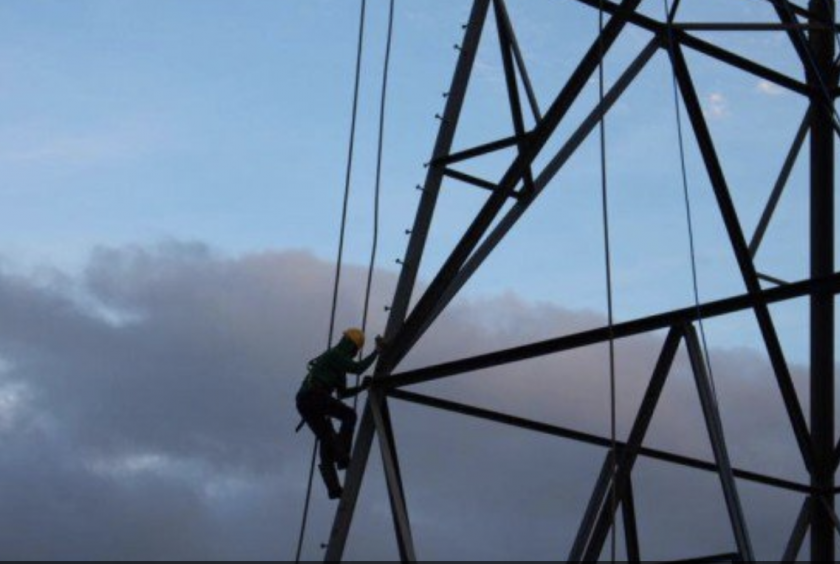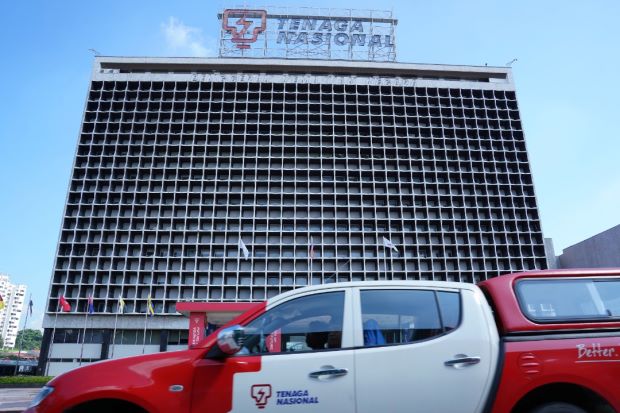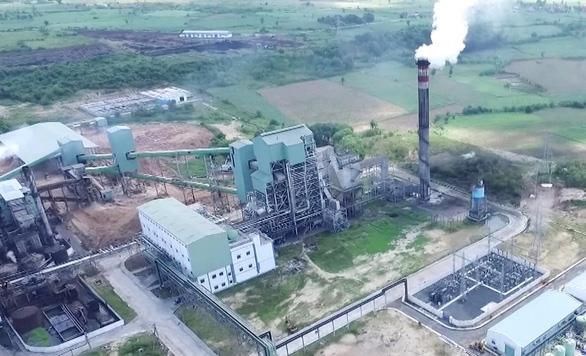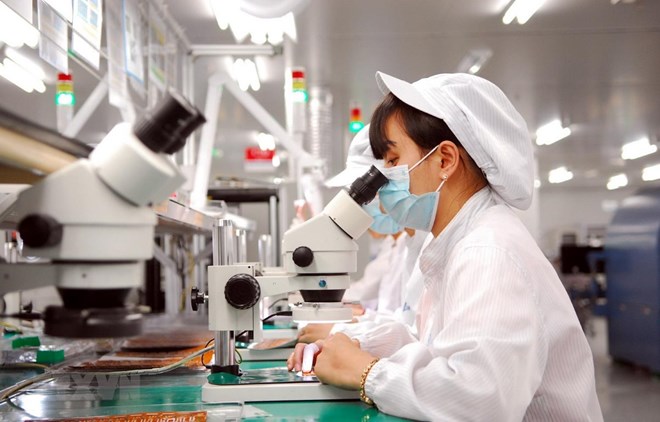Feldman said he is interested in Vietnam’s role as it will become Chair of ASEAN in 2020 and hopes to contribute to the country’s success in this role.
According to him, the Vietnamese Government’s policies to attract foreign investors, including those from the US, have proved effective thus far.
He appreciated the Government’s efforts to solve difficulties facing enterprises, especially revising Decree No.116 on automobile imports, dealing with issues related to e-payment and energy, and creating favourable conditions for US firms to study Vietnam’s investment environment.
Speaking at a roundtable discussion with leading officials from US companies such as ExxonMobil, Cheniere Energy, FedEx Express, Ford, Amazon, and Bayer, Dung shared that Vietnam is working to improve the business climate in a substantive manner.
He said he is glad to hear that many major US enterprises are keen on Vietnam’s energy sector, as this issue has received special attention from the Government.
Christopher Smith – Senior Vice President of Policy, Government, and Public Affairs at Cheniere Energy – said that the energy company, primarily engaged in LNG-related businesses, has kept a close watch on Vietnam for a long time, and is interested in information related to the country’s energy development strategy which focuses on clean and renewable energies.
Founder and Chairman of Energy Capital Vietnam David Lewis stated that his company will be attracting private investments for energy projects in Vietnam. –VNA









